All babies go through a teething phase that is often characterized with crankiness. In this article, we will try to explain what goes on when babies cut teeth, and how parents can choose the best teether to help safely alleviate some of their babies’ discomfort.
Every baby goes through a development stage where little white pearlies start peeking through their pink gums. Transitioning from a gummy smile to a row of gleaming white teeth is a rite of passage that can take your baby close to three years to complete. And, with the arrival of each new tooth, we must celebrate it with lots of pictures and note its arrival date in your child’s baby book. During this stage, parents experience a mixture of emotions, ranging from pride (My baby has 2 teeth! How many teeth does your kid have?), to irritation and frustration from the endless crankiness.
So what exactly happens during teething, and how can we help our child (and us) through this trying phase?
Growing teeth
According to infant development experts, teething usually occurs when your child is around four months old, and continues until your child is about two years old. Some babies teeth as early as three months old, and some don’t even begin teething until seven months old or older. When babies start teething, they usually follow nature’s baby blueprint. First to come are the two lower front teeth. These odd-looking lower central incisors look hilarious when your baby grins, and form the best pictures of your baby’s development. Slowly, other teeth start sprouting, from the upper two front teeth, then the ones along the sides and back.
An infant who is cutting teeth can be a miserable companion. As the new teeth break down and cut through the gum, babies tend to encounter throbbing pain, swelling, and irritation. We can only imagine the feeling and compare it to having a large piece of crab shell stuck between our incisors.
Teething babies tend to have an urge to bite, which is sometimes attributed as crankiness. The biting actually relieves a little of the discomfort that the baby feels, and the baby ends up biting anything from the cot rail to their parents. Putting pressure on the gums from the outside equalizes the pressure on inside the gums coming from the newly erupting teeth, which is why babies feel a strong need to bite. Another reason why babies tend to put things into their mouths is that they have extensive nerve endings in their mouths that, at certain development stages, can even outnumber those found in their hands.
One of the ways parents try to help babies ease the discomfort of teething is to introduce teething toys to their babies. These toys come in various shapes and sizes. There are teether toys made of fabric with a simple knot at the corner, solid wood ones, and gel- or liquid-filled plastic rings. However fancy their design, their basic function is to let babies bite and chew on them. These teethers spend a lot of time in the mouth of babies. As such, it is important that parents choose a safe teether for their baby.
Material Safety
The most important criterion for a safe teether is the material from which it is made. It is imperative that teethers are made of non-toxic material. There have been various studies about the damaging effects of Bisphenol-A (BPA) and Phthalates (pronounced as THA-lates). Phthalates, found commonly in PVC, has been linked to asthma and other allergic disorders, and has since been banned from toys in Europe. BPA was recently found to have effects on neurobehavioral (usually having to do with emotions, behaviour and learning) and endocrine (body system managing your hormones) development. Canada started banning BPA in baby bottles since last year, and cities in the US have also started to take action against this chemical.
Another often neglected material is the paint that is used to colour the teethers. These have to be non-toxic and lead-free, as the paint can come off while your baby bites on them. There are also liquid-filled or gel-filled teethers that are designed to be chilled so that the cold can numb the teething pain when chewed on. Parents must pay special attention to the origin of the liquid or gel, as it may be ingested if the teether were to be punctured. There have been cases, even recently, of bacteria found in the liquid of the toy.
Teether Design
The design of teethers is equally important to teether safety. Teethers and other toys should be well-made and sturdy enough to withstand playtime activity. If the toy is made of fabric, parents should check that the seams are strong enough to keep the filling in. Wooden teethers should be sanded smooth with no sharp edges, and preferably made of softwood that is unlikely to splinter.
Teethers must be large enough, such that babies cannot fit it completely into their mouths as this would be a choking hazard. In addition, there must not be detachable parts that can end up being lodged in the nostrils, ear or windpipe. Squeaking toys are a good example. The squeaker, usually a white plastic attachment, must not be loosely attached to the toy.

Other aspects of the teether design include the number of areas that the baby can chew and the weight of the teether. A teether with multiple areas for the baby to explore will keep the baby’s interest for longer. As such, these teethers will be more effective than simple teethers. Teethers have to be light so that babies can hold on to them. Babies at the teething age do not have a strong grip, and may not be able to hold on to heavier teethers.
Certifications
Parents should check if the toy has the adequate safety certifications before buying. Most developed western nations have well-established toy testing bodies, such as the Consumer Product Safety Commission (CPSC) in the US. Toys sold in US, Europe and Canada must pass stringent tests before they are certified, and are allowed to be sold there. Some examples of toy safety certifications include the ASTM F963 for the US, and EN71 for Europe.
There are many websites today that track product recalls so that consumers get quick information about toys if they had been recalled. A product is recalled either voluntarily by the manufacturer or by the toy safety body if they posed any form of danger to babies and children. Therefore, a good indication of the safety of the toy is the number of years the product has been on the market without a recall. While this is not a fool-proof method, the safety of a long selling toy would have been tested by a large number of prior and current users.
Conclusion
As your baby starts teething, they will experience discomfort as the teeth push through the gums. A good way to help relieve some of your baby’s pain and discomfort is to let them chew on teethers. Since these teethers are put into your baby’s mouths for long periods of time, you need to ensure that they are safe for your baby. The material that the teether is made of and the paint used to decorate it should be non-toxic. Teethers made of natural materials, such as natural rubber, are highly sought after, as they do not contain harmful chemicals usually found in some plastics.
We’ve highlighted some important points that parents should consider before buying a teether. Teething is a really unique time for both parents, and it is a time of bonding and a rite of passage all rolled into one. We hope this article helps you choose the perfect teether for your baby, and we know you are all looking forward to the first toothy smile from your baby!
This article was written by Daoyang Lin of Sophie & Friends, the distributor of Sophie the Giraffe in Singapore, Malaysia, Indonesia and Brunei. Sophie the Giraffe is one of the world’s favourite teether, and over 50 million have been sold worldwide since 1961. Sophie is made of 100% natural rubber and food quality paints, and is BPA- and Phthalates-free. She is hand made in France, and comes with EN71 and ASTM-F963 certifications. Sophie the Giraffe is used by celebrities and comes highly recommended by Martha Stewart and many other parenting magazines. Visit www.sophie.sg, for more details, or join our fan page at www.facebook.com/SophietheGiraffe.
If you find this article useful, do click Like and Share at the bottom of the post, thank you.
Like what you see here? Get parenting tips and stories straight to your inbox! Join our mailing list here




































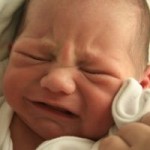
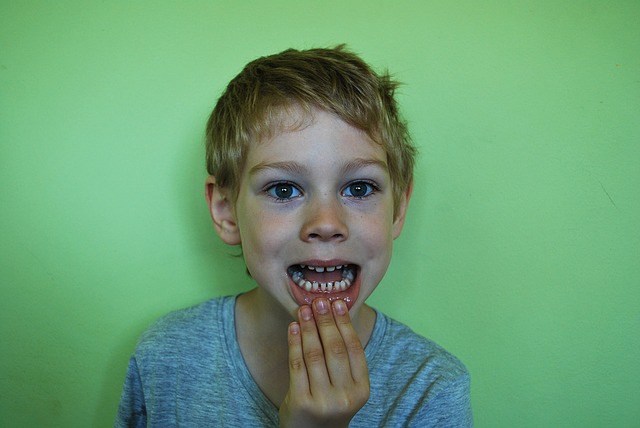
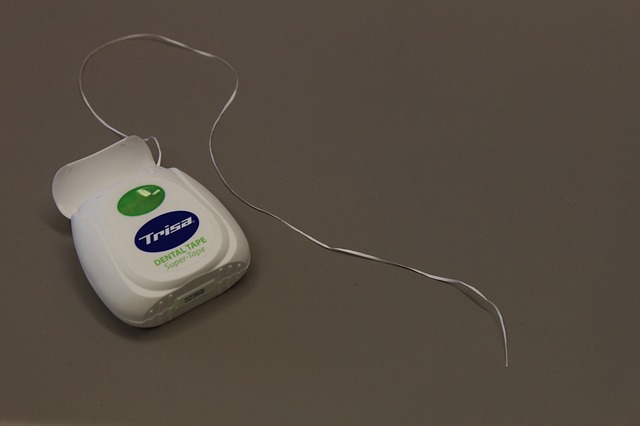
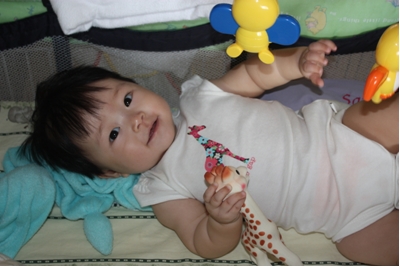



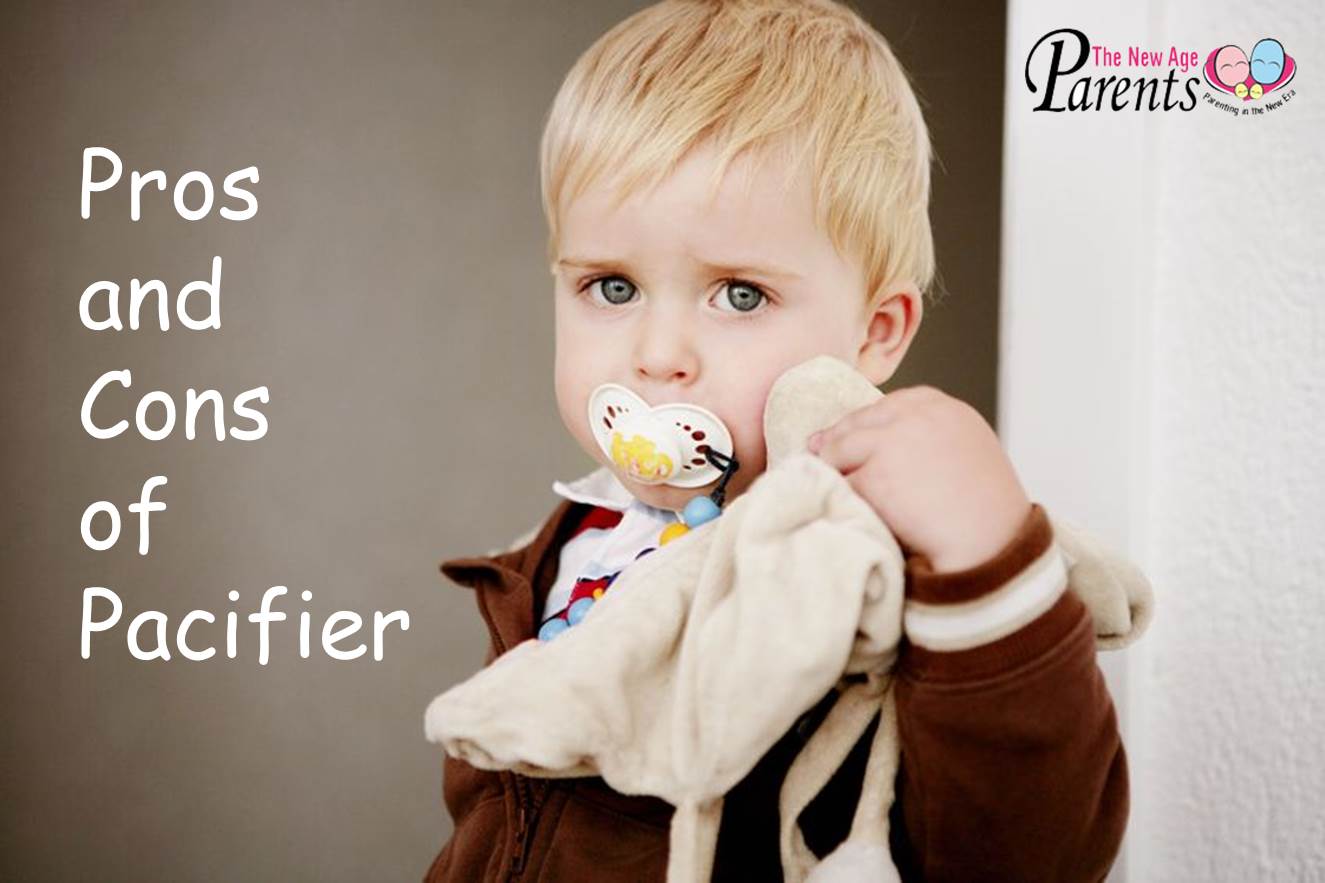
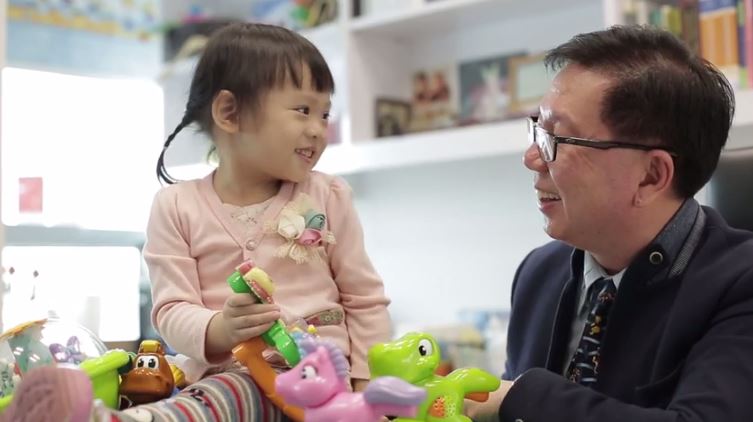
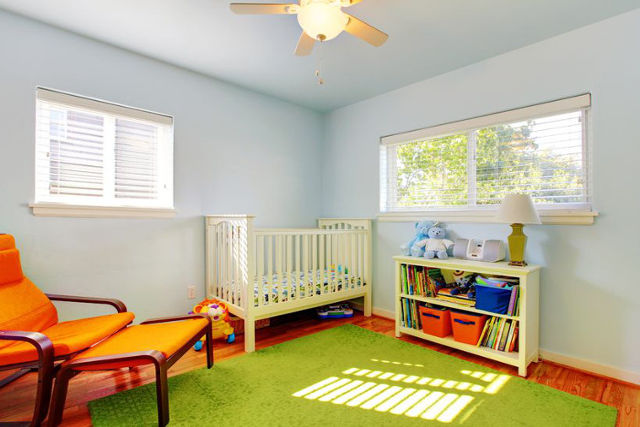
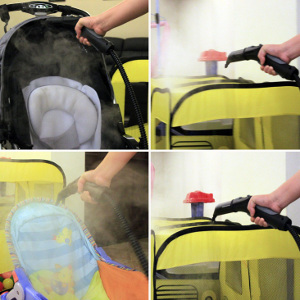










Leave a Comment: